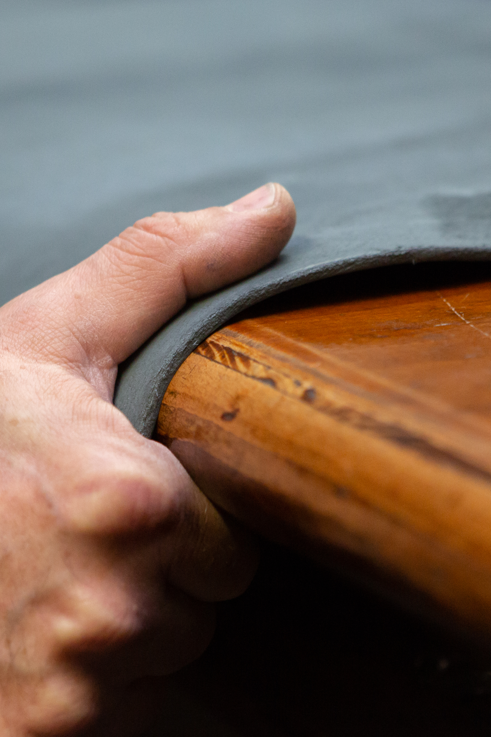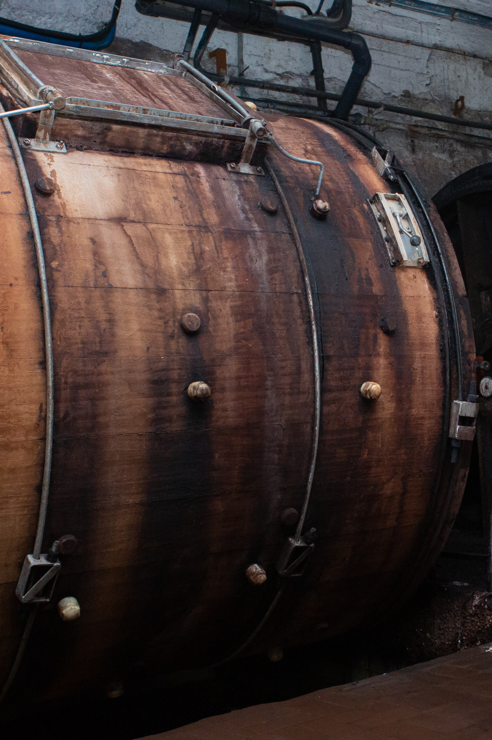
Ecology
Leather: pioneering sustainability and circular fashion in the age of climate action
12 / 09 / 2023
Original content by: Leather Naturally
As the world grapples with how we can reduce our impact on the environment and actively limit the impacts of climate change, we sit at a vital crossroads in our collective history. Leather is well positioned to be a meaningful part of the solution.
The European Commission has launched an anti-fast fashion campaign specifically designed to educate younger consumers about the negative impacts of fast fashion and to promote the EU Strategy for Sustainable and Circular Textiles. The campaign aims to address issues of over-production associated with fast fashion and to prioritize sustainability and longevity.
The European Union is committed to serious action as part of its 2030 Vision for Textiles the cornerstone of which is sustainable fashion – designed to have a positive impact on people and the planet. Read here for more details.
With leather’s inherent properties of durability, reparability and longevity it represents the antithesis of fast fashion. The fact that it utilizes a by-product in order to create a versatile and premium material lends an additional benefit to its key position in the circular economy.
Increasing traceability expectations together with more and more stringent regulations have entirely shifted the modern consumer landscape. Consumers are far more educated than ever before on the provenance of the goods they purchase and the fact that the impacts of their purchasing decisions can be far-reaching.
Within this context, leather takes a by-product that would otherwise need to be disposed of (with its own environmental impacts) and using responsible, traceable and verifiable production processes, offers designers and consumers high quality products that can be repaired, re-cycled and that can last a lifetime.
How can we make an impact?
In addition to industry and government initiatives and regulations being pursued on a global scale, consumers also play an important role in effecting positive change by choosing leather. Please see below for some ideas as to how you can have an impact –
1. Quality over quantity
Invest in high-quality leather products that are durable and timeless, meaning that you can buy fewer items that last longer. Take care to purchase authentic leather pieces rather than synthetic or vegan leather alternatives which can contain high percentages of plastic, petroleum based products etc…which are damaging to the environment and do not have the same durability as leather.
2. Repair and restoration:
Leather products can often be repaired or upcycled and major brands are actively encouraging their consumers to repair their leather products. Many luxury leather brands such as Hermes, Chanel and Loewe offer to repair your leather products with the intent of extending their life and consequently reducing consumption and waste. Some of these services include in-store artisans and even dedicated retail spaces which create an experience for the consumer and build brand value at the same time.
3. Vintage & second hand:
Given the longevity of leather items, there is a strong vintage or second-hand market for leather products which – similarly to above – reduces global consumption and waste and can offer you a point of difference in terms of style and luxury at the same time.
4. Circular economy:
By choosing leather, you can actively support a circular economy in a number of ways. Firstly, by using a by-product of the meat industry, leather avoids hides and skins being sent to landfill and instead uses them to create beautiful and versatile products. In addition to this, you can take advantage of brands that may offer to buy back leather goods for a credit towards a new purchase eg… Mulberry’s circular Exchange program. Repairing your leather products and buying vintage leathergoods are also examples of how you can encourage a circular economy.
5. Timeless design:
Authentic leather products are often designed to be classic and timeless to encourage you to invest in pieces that you can wear for many years rather than to buy into fast fashion. You can also use apps such as Whering which can help you to digitize, curate and style outfits from your own wardrobe as well as fill wardrobe gaps sustainably!
6. Care:
Educate yourself about the quality and origins of what you are buying so that you can make informed choices about purchasing leather products. This will ensure you can keep them for many years and also take care of them well. For more tips on how to best care for your leather items please click here
Continuar leyendo
Newsletter
Suscríbase a nuestra Newsletter y recibirá información sobre todo lo que nos inspira, las principales noticias, tendencias y mucho más.





















